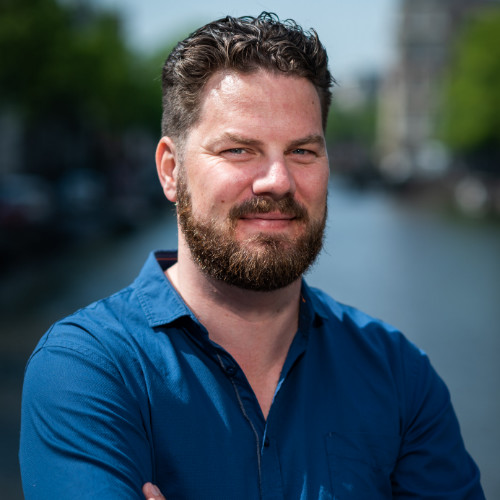OpenValue’s Roy van Rijn Shares Insights on Neuralink’s Data Compression Challenge
Recently, our director Roy van Rijn, was featured in a CBC article discussing Neuralink’s ambitious data compression challenge. For those unfamiliar, CBC (Canadian Broadcasting Corporation) is Canada’s national public broadcaster, known for its extensive news coverage and high-quality journalism.
About Neuralink
Neuralink, a company founded by Elon Musk, is pioneering the development of brain-machine interfaces. Their latest challenge involves compressing brain data by a staggering 200x. This task is highly ambitious and has generated a lot of buzz in the tech community.
Lossless vs. Lossy Compression
Neuralink is asking for 200x “lossless” compression, which means the decompressed file needs to be exactly the same as the input. The opposite of lossless is “lossy” compression, where files look or sound the same but have data removed. For example, JPG images use lossy compression, where specific details, particularly in the chrominance components (color information), are removed or averaged out because the human eye is less sensitive to these changes, especially in the red and blue spectrums.
Expert Analysis
Experts, including Roy, argue that achieving such a high compression factor is seemingly impossible lossless due to the high noise and low signal in the example brain data. Entropy calculations suggest a more realistic maximum compression factor of around 3.4x. This is backed up by initial results, where Roy achieved a compression rate of 3.37x with existing tools.
Insights from Roy van Rijn
In the CBC interview, Roy provided insights into the complexities of this challenge. He explained the technical hurdles involved and the gap between theoretical possibilities and practical limitations. Here’s an excerpt from Roy’s interview with CBC:
“Given the nature of the data, achieving a 200x compression is nearly impossible. The high noise level severely limits how much we can realistically compress the data without losing critical information.”
Potential Strategies
Roy also elaborated on potential strategies to approach this challenge, emphasizing the importance of understanding the data’s inherent entropy. He mentioned:
“To compress data effectively, you need to identify patterns and redundancy. However, with brain data, the signal is incredibly sparse, and most of what is recorded is noise. This makes the task of achieving significant compression exceedingly difficult.”
About Roy van Rijn
Roy’s background in software development and architecture, plus his recognition as a Java Champion, positions him uniquely to tackle such complex technical issues. Earlier this year he also competed in the 1BRC (One Billion Row Challenge). He has worked on numerous projects across the Netherlands and is a regular speaker at international conferences, discussing topics ranging from AI to cryptography to software architecture.
More details
For more details on Neuralink’s challenge, you can explore the official documentation [here]
To read more about Roy’s thoughts and the broader implications of this challenge, read the full CBC interview [here].

